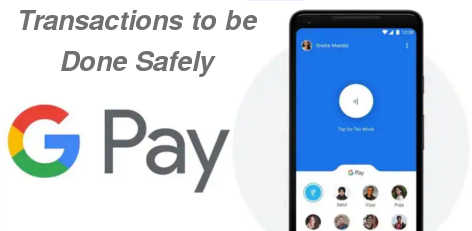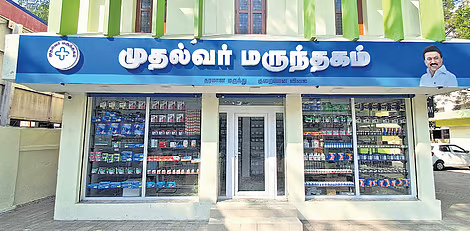Caution: Use Google Pay UPI App Safely!
Posted on: 05/Nov/2019 11:17:23 AM

As can be expected, fraudsters take advantage of this feature! Their modus operandi: The imposters show interest in buying a product advertised on various online platforms and engage with the seller on a phone call. They make the seller of the product transfer the money using UPI apps� �request money� option.
The Director - Product Management at Google Pay, Ambarish Kenghe observes in this regard:
�Users need to be mindful that a transaction which requires them to enter their PIN, is for sending money. Remember, receiving money requires no PIN. If you receive a payment request from someone whom you don�t know or cannot immediately identify, then you should immediately decline the request.�
National Payment Corporation of India Limited (NPCI) has also urged users to decline all such requests coming from the unknown payment addresses.
In this aspect, Google Pay�s security infrastructure detects risk and fraud on the product. This feature alerts the users before making any transactions.
For instance, if you receive a request from someone who is not in your contacts list, it displays a �stranger warning� (refer image given below). You can block the user, report as SPAM or continue if you are convinced with the identity of the person.
It is worth noting that all the other UPI apps to have similar pay, decline and block options.
In order to make this important feature user-friendly, Google Pay explicitly points out the direction of the money flow in the user interface to make it easy for the user to distinguish between `send` and `receive` requests.
The Head of Risk Management, National Payments Corporation of India, Bharat Panchal, informs:
�Once access is granted on screen sharing app, the fraudster can not only initiate financial transactions but can also place online shopping orders or book rail/air tickets, etc. using the apps available on users� phones or even steal any information stored on the mobile phone.�
You must be mindful of giving access to your mobile device to anyone, under all circumstances!







